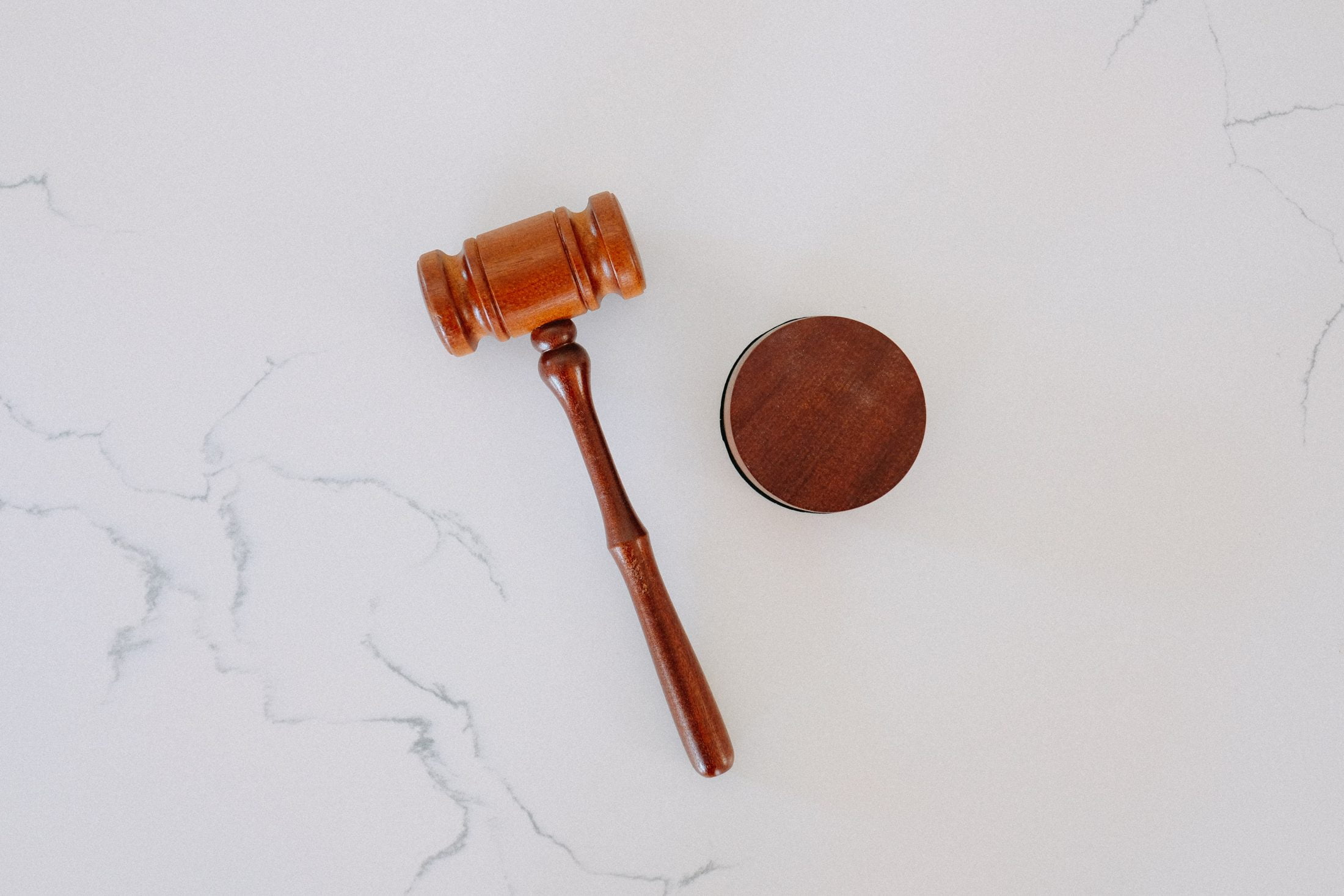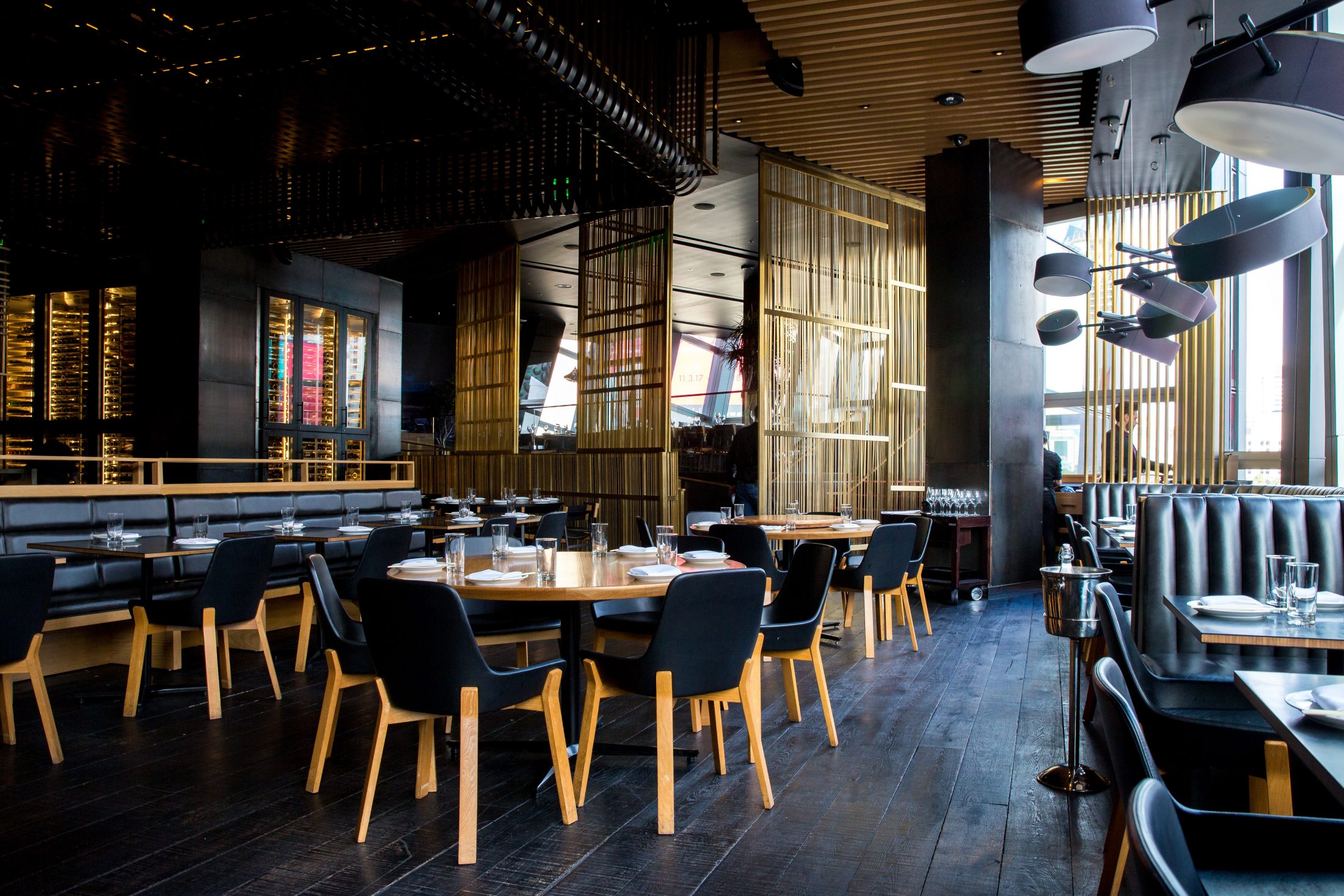Debating the ownership of the Intellectual Property of creative work is one of the discussions between client and creative agency that inevitably crops up from time to time. As a design agency, explaining our stand on this issue can sometimes lead to sticky conversations where it’s difficult to see eye to eye with clients. Is it the design agency or is it the client who owns the IP? Seeing as the issue of copyright is so often tricky to navigate (and I am certain we are not alone when it comes to the difficult conversations that need to be had with clients) I thought I’d outline our case as an agency. Hopefully this article can help to fully unpack this concept for both client and agency.
As the Creator of These Works…
Creating a work that is entirely and uniquely your own is a valuable skill, when this is simply given away free of charge, it greatly reduces your efforts, stress and skill that went into this creation. If a client has paid for the end product, that is a brochure, report, magazine or a website then that is what the creative fee covers. What is does not cover is the creative concept, native source files or IP that can be used for future works that for the most part will create an ongoing profit for the client.
According ADGA (Australian Graphic Design Association),
“The biggest component of a graphic designer’s job is to create intellectual property. It would be a waste for them not to find out how to protect it.”
So by giving away native files you are automatically giving away your Intellectual Property.
Under Australian Law the IP the native or source files (i.e. the program that the file was originally built in, and is editable) of all design work belongs to the designer or creative agency that created that work. If a client wishes to own the native files because they know they want to modify these files in the future or continue to profit from this creative work then this point needs to be discussed and negotiated at the time of signing the quote. What an agency decides to charge for releasing these files is entirely up to them but a standard rule amongst creative agencies in Sydney is that a 100% additional charge applies based on the original fee.
For graphic designers, or really anybody in the creative industry, by law copyright protection lasts throughout the original creator or authors’ life, as well as for an extra 70 years after their death. That’s right, they own all the rights to those files by law when they are long gone and dead and buried!
Debating the ownership of the IP of creative work often comes down to sticking to the facts and to the law and assigning these creators the well-earned respect they deserve. I’ve had many clients come and ask me for the IP and native or source files for the designs they have purchased from our agency so that they could keep using and profiting from the ideas created for their design piece and have gotten incredibly upset when I have charged them an additional fee.
Consider this, and this is a quote from breakawaygraphics.net because it was so spot on: An Independent Contractor is commissioned because the work requires significant artistic skill.
This doesn’t just apply to creative agencies but also Independent Contractors who also pay self-employment taxes and foot the bill for health insurance, technical maintenance, tools required for the trade, and provide a valuable service to their clients. The clients need not worry about this, as there is no employee-employer relationship. They do not provide employee benefits and do not treat the designer as an employee for tax purposes.
Sticking to the Rules
But why? We don’t make the rules! It is the general rule of thumb that the author or creator of the works is the original owner of these files and owns the copyright. The client is paying for the final work, not the creative ideas and tools to make it.
As the creators of these works, once they have been hired by clients, they dedicate their time, skill, and energy into producing the best ideas and work possible. Often the strategy and skill behind this creative power results in a very successful and therefore profitable outcome for the client. They undergo a skilled process to ensure designs are not only impactful and have cut through but are also on brief and have covered all the business objectives and goals of the client. So, when clients come back to us and say that other creative agencies do not mind giving away their Intellectual Property without additional cost, well, maybe they should! And it should be purely out of respect for these creators who hold an incredible amount of skill and talent if the rule of law isn’t enough to convince you.

Where Are the Boundaries in Giving Away Rights?
When a client orders from a designer, they are ordering the final product, not everything that was used to make it. Does that mean that the designer should also give away the laptop they used to create the design? The sketchpad with their original ideas? Where is the line drawn if clients believe that they have paid for everything including source files? Taking a step back, why should the client reap all the rewards whilst the designer receives no extra ongoing benefits from a successful, campaign or design piece or idea that runs for years? Think of it this way- the extra money you pay for the IP and native or source files is your “tip” to the designer to thank them for the ongoing benefit and often profit from well thought through strategic design ideas that have longevity as well as impact.
Some Exceptions You May Fall Under
We will not question why you want these files, as it is your own business. The main exceptions to the rule of IP apply to brand identity, including logo designs (which the company trademarks as their own) or website designs, which always has this IP fee built in to the original fee on top of the head hours to complete the actual job. This is because by nature logo design will form the basis of all your branding assets and therefore it’s a given that the IP needs to pass to the client for future design roll outs and campaigns. As for websites, being a dynamic format, these need to change and flow with the times to keep your audiences in the loop, engaged and up to date with latest content so clients will naturally need the source files and the ability to update content to keep the site up to date.
Either way, it’s important to understand that when it comes to creative work, to copy or plagiarise any original ideas and work is a crime. For all my designers out there, if you do notice this happening especially with your own work, there are a few steps you can take to prevent anything going further. This includes sending a copyright infringement to the owners, wherein this notice it must identify the material that has been copyrighted and notify them to stop immediately by a specific date. If this request is ignored, then further action may be taken.
Maybe Thinking About it in Terms of Food Might Help…
Think about it this way. You go out to a lovely fine dining restaurant and pay for their unique take on a fancy meal. As you leave and start to pack away their fancy forks, you go into the kitchen and ask the chef for his recipe and all the ingredients and utensils to make this outstanding meal… they stop you. That isn’t allowed! This price you paid for the luxurious foods and impeccable service doesn’t come with a visit to the back kitchen and an all you can choose cutlery stash. Nor does it come with a tutorial on how to prepare this dish at home in the future, or for your own restaurant, damn! You couldn’t possibly expect this from the price you paid for your meal so why do clients expect this from designers? A client is paying for the delivery of the final design product. Nothing more, nothing less. The end.

In the Grand Scheme of Things, the IP Ownership is the Same as Everything Else!
If we negatively criticised this and stopped going to hospitality venues due to the perception of ‘unfairness’ that we view the design industry in, our economy would suffer greatly. In theory, it’s the same thing whether it is at a fancy restaurant or coming to an agreement with your designer. The only difference is that – one cooks your delicious food, and one creates the sharp designs you have purchased.
So, next time before debating the ownership of the IP of creative work, think about this concept through various analogies and you will realise that asking for IP and source files without paying from them is not fair or legal.
